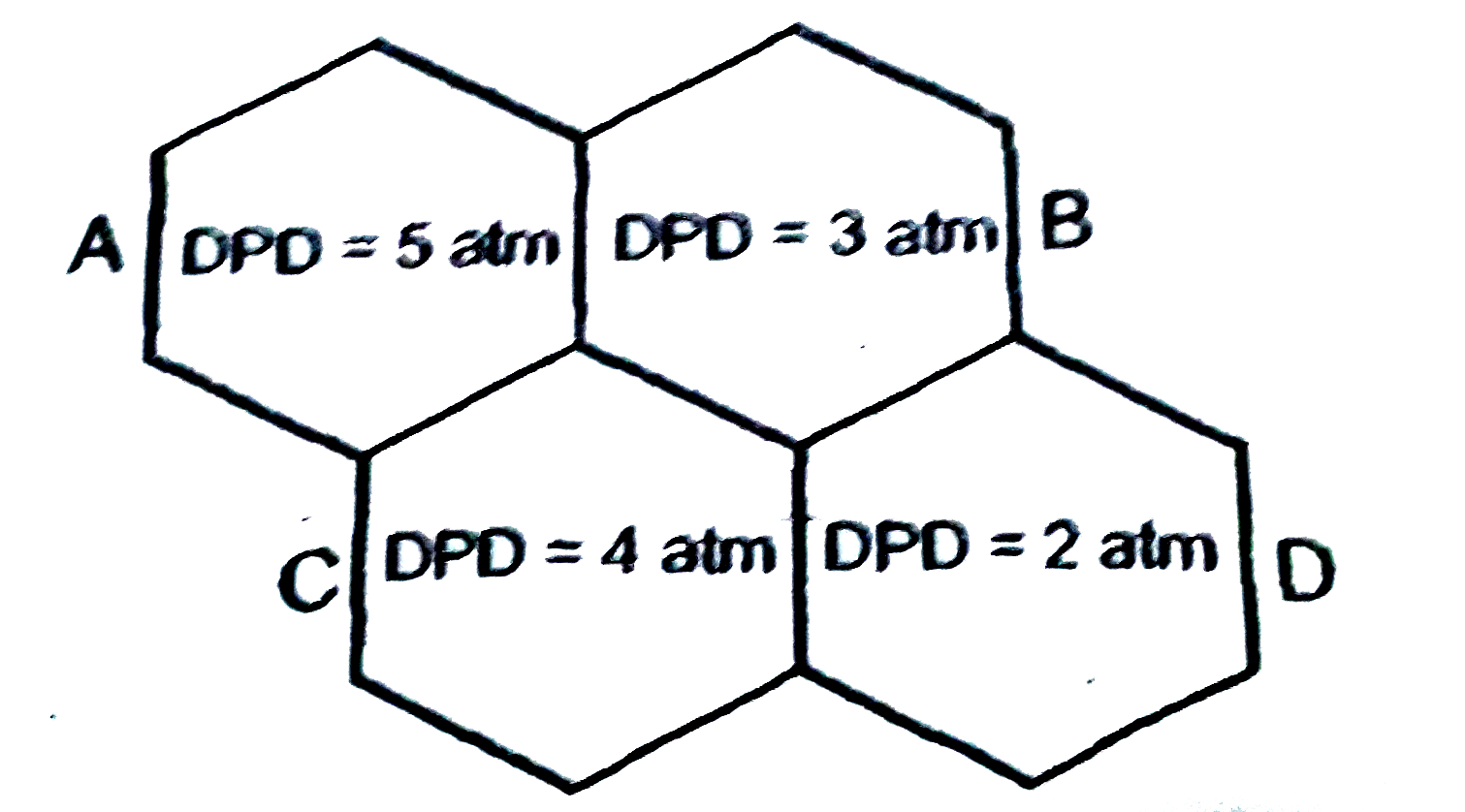Given below are different steps of transformation in a bacterial cell. Arrange them in correct sequence. (i) Heat shock (at 42°C) (ii) Treatment of bacterial cell with divalent cations at 4°C (iii) Bacterial cells are incubated with recombinant DNA on ice (iv) Recombinant/Transformed bacteria are plated and kept at 37°C
(i), (ii), (iii), (iv)
(ii), (i), (iii), (iv)
(ii), (iv), (i), (iii)
(iv), (ii), (iii), (i)
The correct Answer is:B
To arrange the steps of transformation in a bacterial cell in the correct sequence, we need to understand the process of introducing recombinant DNA into bacterial cells. Here’s the step-by-step solution:
1. Treatment of bacterial cell with divalent cations at 4°C: The first step involves treating the bacterial cells with divalent cations, such as calcium ions, at a low temperature (4°C). This treatment helps to make the bacterial cell membrane more permeable, allowing DNA to enter the cells more easily.
2. Heat shock (at 42°C): After the cells have been treated with divalent cations, the next step is to subject them to heat shock at a higher temperature (42°C). This sudden increase in temperature creates a thermal imbalance that facilitates the uptake of the recombinant DNA into the bacterial cells.
3. Bacterial cells are incubated with recombinant DNA on ice: Following the heat shock, the cells are placed on ice. This step helps to stabilize the cells and allows the recombinant DNA to associate with the cells before they are allowed to recover at a warmer temperature.
4. Recombinant/Transformed bacteria are plated and kept at 37°C: Finally, the transformed bacteria are plated on a growth medium and incubated at 37°C. This temperature is optimal for bacterial growth, allowing the transformed cells to multiply and express the recombinant DNA.
Thus, the correct sequence of steps is:
(ii) Treatment of bacterial cell with divalent cations at 4°C → (i) Heat shock (at 42°C) → (iii) Bacterial cells are incubated with recombinant DNA on ice → (iv) Recombinant/Transformed bacteria are plated and kept at 37°C.
(ii) Treatment of bacterial cell with divalent cations at 4°C → (i) Heat shock (at 42°C) → (iii) Bacterial cells are incubated with recombinant DNA on ice → (iv) Recombinant/Transformed bacteria are plated and kept at 37°C.
Topper's Solved these Questions
Similar Questions
Knowledge Check
For transformation with recombinant DNA, the bacterial cells must first be made competent which means
Ashould increase their metabolic reactionsBShould decrease their metabolic reactionsCIncrease efficiency with which DNA enters the bacteriumDAbility to divide fastFor transformation with recombinan DNA, the bacterial cells must first be made compentent which means
AShould increase their metabolic reactionsBShould decrease their metabolic reactionsCIncrease efficiency with which DNA enters the bacteriumDAbility to divide fastDifferent cells have different sizes. Arrange the following cells in an ascending of their size and select the correct option.
(i) Mycoplasma (ii) Ostrich egg
(iii) Human RBCs (iv) BacteriaA(i)→(iv)→(iii)→(ii)B(i)→(iii)→(iv)→(ii)C(ii)→(i)→(iii)→(iv)D(iii)→(ii)→(i)→(iv)
(i) Describe the characteristics a cloning vector must possess. (ii) Why DNA cannot pass through the cell membrane ? Explain. How is a bacterial cell made competent to take up recombinant DNA from the medium?
View Solution(i) Describe the characteristics that a cloning vector must posses.
(ii) why DNA can not pass through the cell membrane ? Explain. How is a bacterial cell made 'competent' to take up recombinant DNA from the medium ?
View SolutionGiven below are a few statements regarding somatic hybridisation. Choose the correct statements.
(i) Protoplasts of different cells of the same plant are fused.
(ii) Protoplasts from cells of different species can fused.
(iii) Treatment of cell with cellulase and pectinase mandatory.
(iv) The hybrid protoplast contains characters of only one parential protoplast.
View SolutionA bacterial cell was transformed with a recombinant DNA that was generated using a human gene. However, the transformed cells did not produce the desired protein. Reason could be
View SolutionAfter insertion of DNA segment within the sequence of Z-gene of bacteria, they are grown on chromogenic substrate. After the growth of bacterial colonies, they are identified as
(i) Recombinants if colonies are blue-coloured
(ii) Recombinants if colonies are blue coloured
(iii) Non-recombinants if colonies are blue-coloured
(iv) Non - recombinants if colonies are white coloured
View Solution

